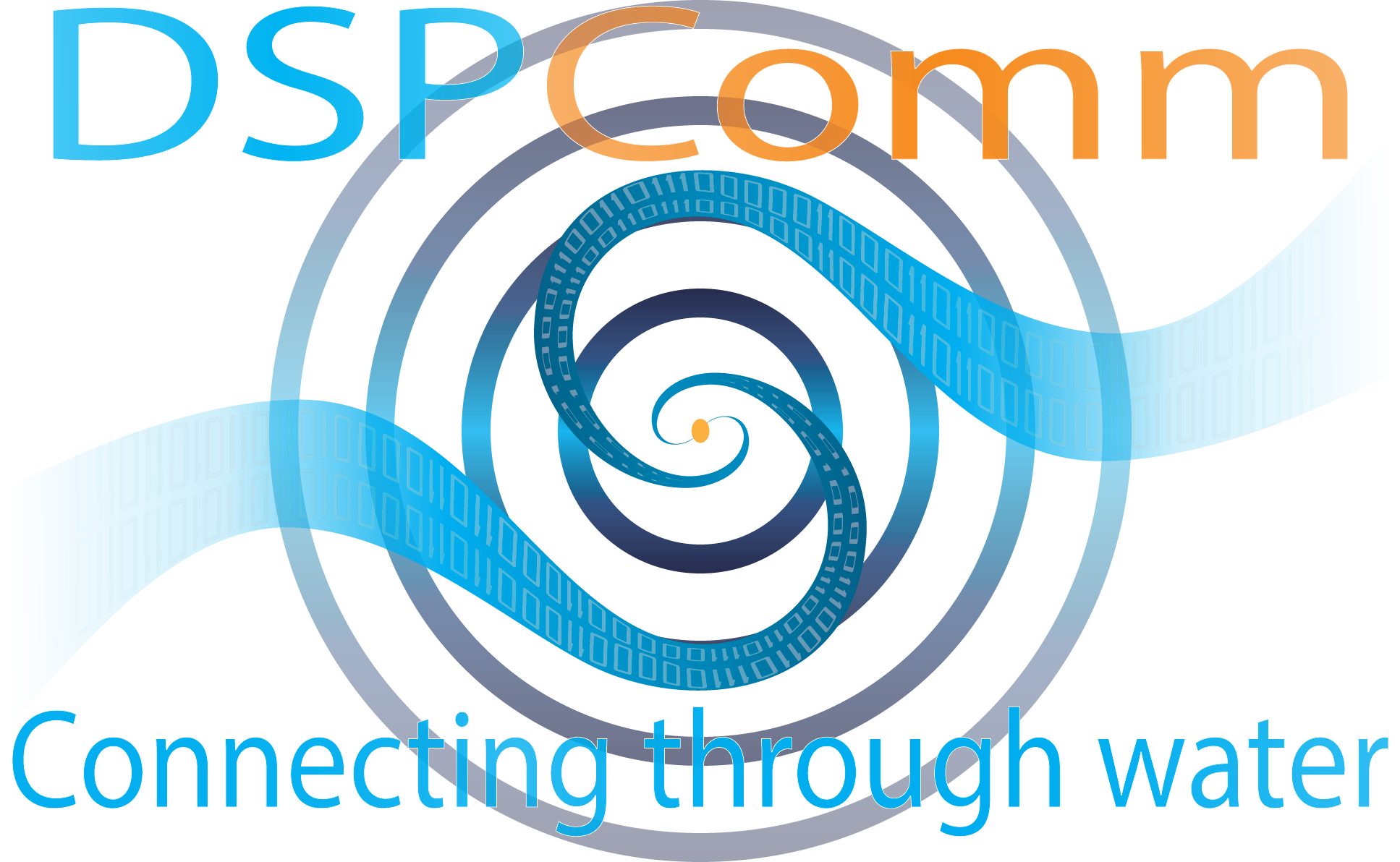
All You Need To Know About Internet Of Underwater Things
Internet of Things refers to the sum total of interconnected physical devices, home appliances, and other electronic devices. These devices are encoded with software, sensors, and actuators which enable these devices to share information around the globe. The growth of Internet Of Things (IoT) has been well documented and followed; as it has changed the way information is being transmitted across the globe; improving efficiency and accuracy. It has also been of immense economic benefit; as about 8.4 billion devices were connected in 2017, with IoT estimated to consist of 30 billion objects by 2020.
Internet of Underwater Things(IoUT) was first discussed in 2012, following the successful establishment of IoT. IoUT is the application of IoT to our water bodies. IoUT is the network of interconnected smart objects underwater. The aim of this technology is to digitally connect all of the earth’s water bodies; oceans, lakes, streams, and rivers.
The Need For IoUT
This network is needed as a result of the earth’s configuration. For one, 72% of the earth’s surface is covered by water. This statistic means that IoT can connect only 28% of the earth in full operation. Climate deregulation is the main cause of natural disasters, and it is a known fact that oceans are largely responsible for regulating climate globally.
Lots of smart underwater objects have been created in recent years; some of which are autonomous underwater vehicles( AUV), remotely operated underwater vehicles ( ROV), autonomous surface vehicles and more. With these inventions, underwater wireless sensors networks have been deployed, and have been a largely successful network system. In this network system, underwater sensors are the major components; the sensors used are nodes with acoustic modems. These sensors are connected to the smart objects underwater through nodes, and relay information such water quality, temperature and pressure through acoustic modems. While this is a promising prospect, it can not yet be put to full use, due to the challenges facing IoUT.
Prospects Of IoUT
IoUT when in full operation will have a lot of advantages to the human race
– Environmental Monitoring: A network of smart underwater objects will enable thorough underwater environmental monitoring. This will enable water quality monitoring, pollution detection, and control, oil and gas pipeline monitoring etc.
– IoUT will also ensure disaster prevention, by detecting early signs of tsunami and other natural disasters
– IoUT can also be useful in the educational sector for research purposes, with a better experience in aquatic education, underwater data collection, and archeological expeditions.
Challenges of IoUT
While there has been a lot of progress with IoT. IoUT still seems a long way off. Majorly, it is due to the fact that the network systems that work in the air, cannot function effectively underwater. The high cost of deploying AUVs, salinity, and temperature of water bodies, and noise all pose challenges to IoUT.
Developing Internet of Underwater Things to the same level as the Internet of Things will be a milestone for mankind; as deploying both IoUT and IoT will bring endless communication possibilities.
